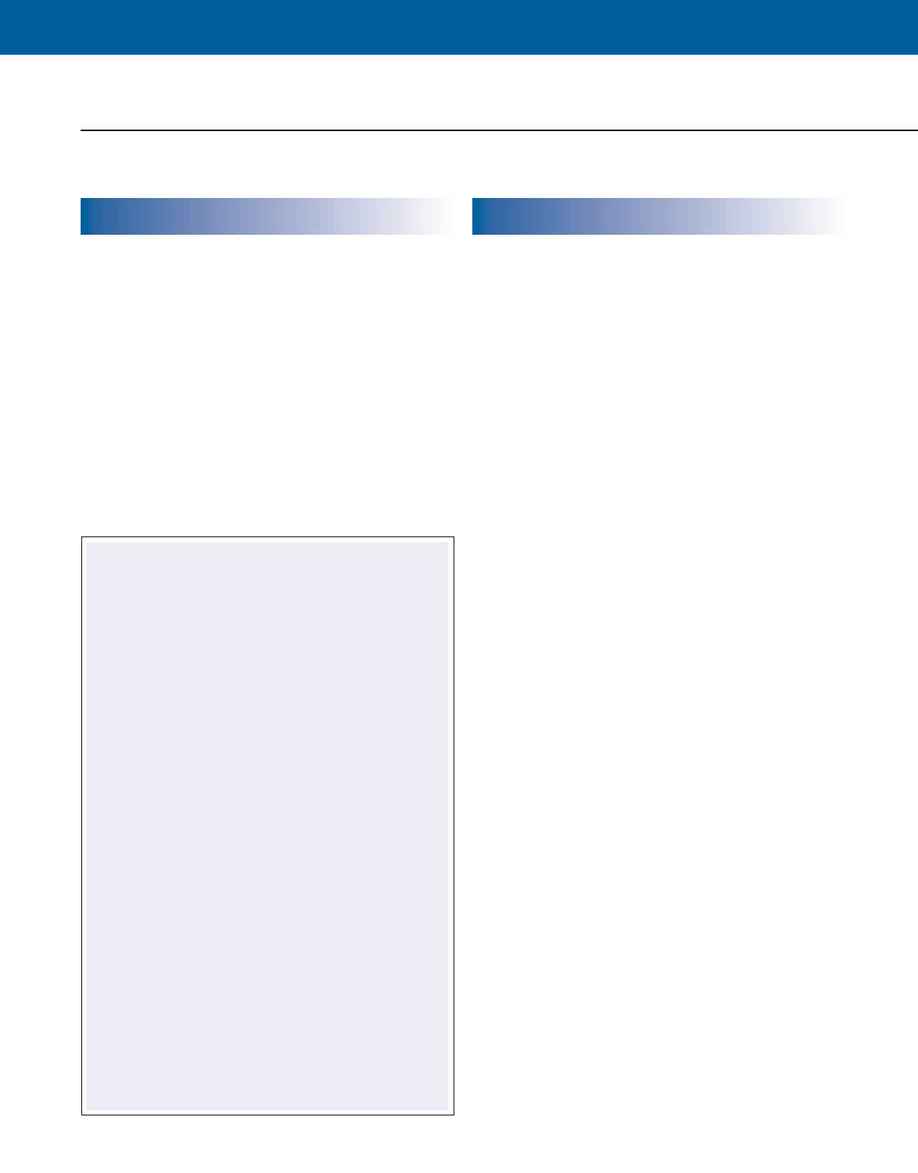
FEEDRATE OVERRIDE, TANGENT MOTION
MOTION PROGRAMMING
TECHNICAL REFERENCE
When two motors perform coordinated motion in a plane,
it is often desirable to control a third motor with its angle
remaining tangent to the direction of motion. This feature is
useful in applications such as cutting cardboard with a knife.
As the knife moves in the plane, it is necessary to keep the
blade angle tangent to the motion trajectory.
The user must specify several parameters to generate the
tangent motion. First, the user must select the coordinated
and tangent axes. For the rest of this discussion, assume X
and Y generate the motion and Z is the tangent motor.
The second parameter is the resolution of the Z motor
(or the number of units of resolution that will turn the Z
motor one degree). For example: if the encoder resolution is
3600 counts per revolution, the parameter is 10. Finally, the
position of the Z motor at which its angle is 0° in the XY
plane must be given. These parameters define the require-
ments for the tangent motion completely.
To generate tangent motion by the DMC, first the
axes must be selected using the instruction VM. For
example, the instruction VM XYZ selects X and Y to form
the motion in the plane, and Z to form the tangent motion.
The remaining two parameters are defined with the instruc-
tion TN m,n. For example, the instruction TN 20,700 sets
the resolution to 20 counts per degree. This command also
indicates that when the Z motor is at the absolute position
of 700 counts, its angle in the XY plane is zero.
In some cases it is desirable to give the machine operator the
ability to adjust machine speed. This ability is called feed-
rate override. This feature may be useful, for example, when
starting a machine for the first time; the operator may wish
to increase the speed gradually.
The method of speed control is often accomplished by a
potentiometer with an output voltage between 0 and 10 V.
When the potentiometer output is at the full 10 V, the
machine will run at full speed. In all other cases, the speed
should be proportional to the potentiometer voltage.
To accomplish this function, motion controllers read
the potentiometer voltage and adjust the feedrate in pro-
portions. For a specific implementation by the DMC,
consider the following example.
FEEDRATE OVERRIDE
TANGENT MOTION
Repeat the motion of the previous example with feed- rate
override. The operator generates a voltage in the range
between 0 and 10 V. This voltage is applied to analog input
#1 to set feedrate in proportion to the voltage.
The motion is generated by two programs, #MOVE
and #SPEED. Both programs operate simultaneously in
multitasking. The program #SPEED reads the analog
inputs and adjusts the vector speed continuously. The sec-
ond program #MOVE is the same as in the previous exam-
ple with the exception that the vector speed is not speci-
fied. The two programs are listed below.
INSTRUCTION
INTERPRETATION
#SPEED
Label
A = @AN[1]
Read analog voltage
V = A*2000
Set feedrate
VS V
Update feedrate
JP #SPEED
Repeat the process
EN
End program
#MOVE
Label
VM XY
Specify XY plane
VP 6000,0
Move to Point B
CR 1000,270,180 Move to Point C
VP -6000,2000
Move to Point D
CR 1000,90,180
Move to Point E
VP 0,0
Return to Point A
VE
End of path
VA 100000
Vector acceleration
VD 100000
Vector deceleration
BGS
Start motion
EN
End program
Example--Feedrate Override
www.galilmc.com
·
Galil Motion Control, Inc.
·
89
